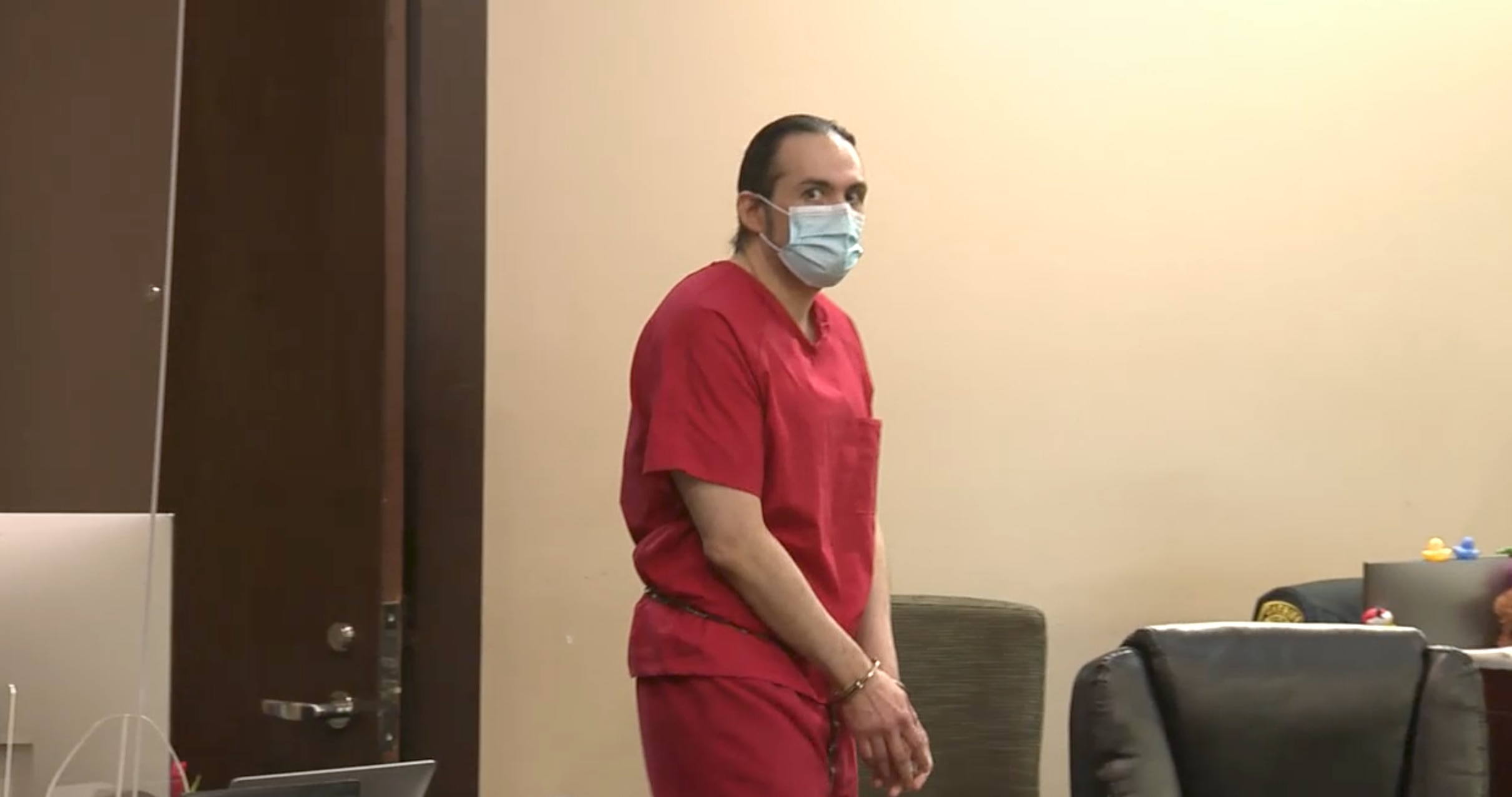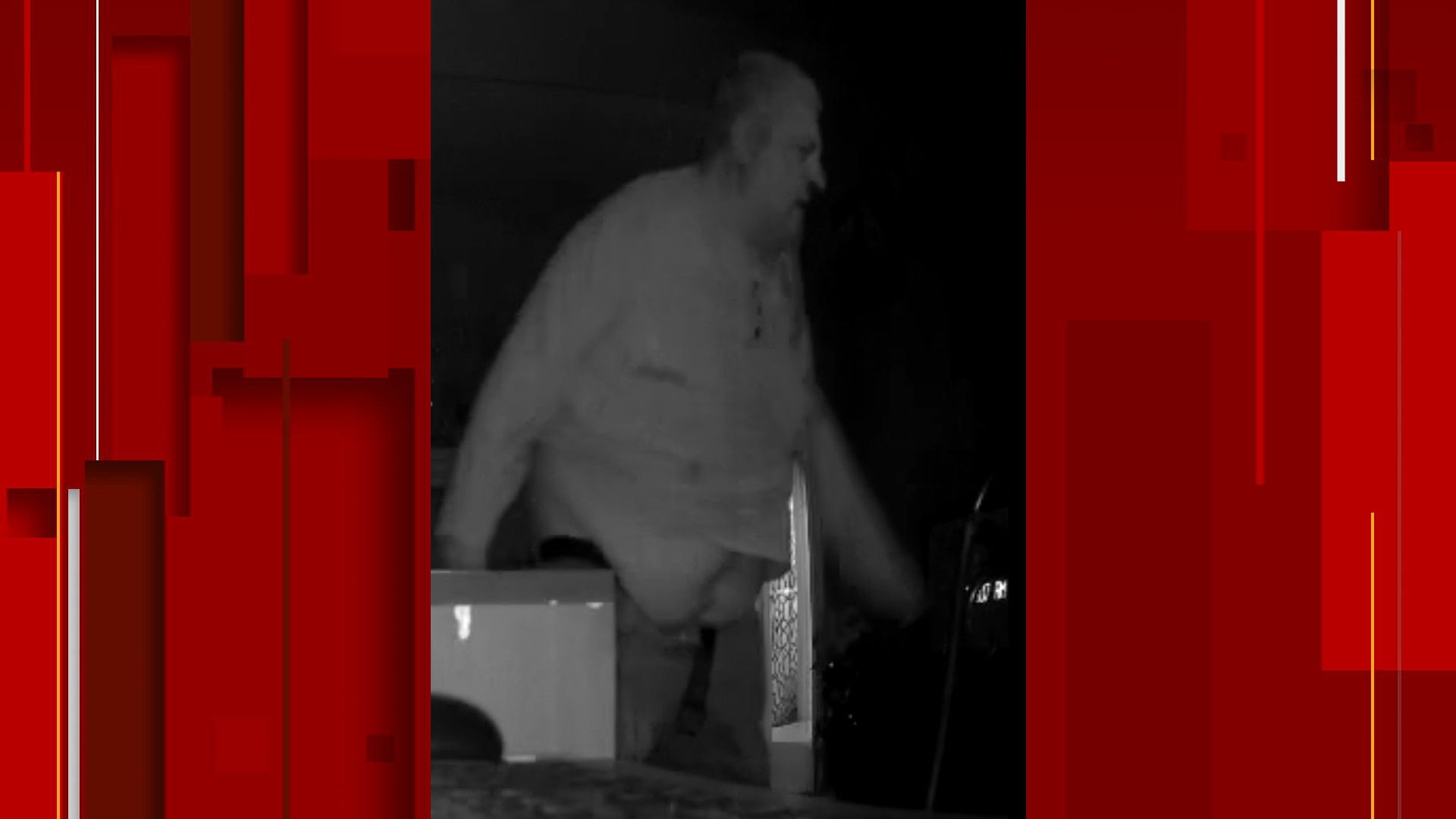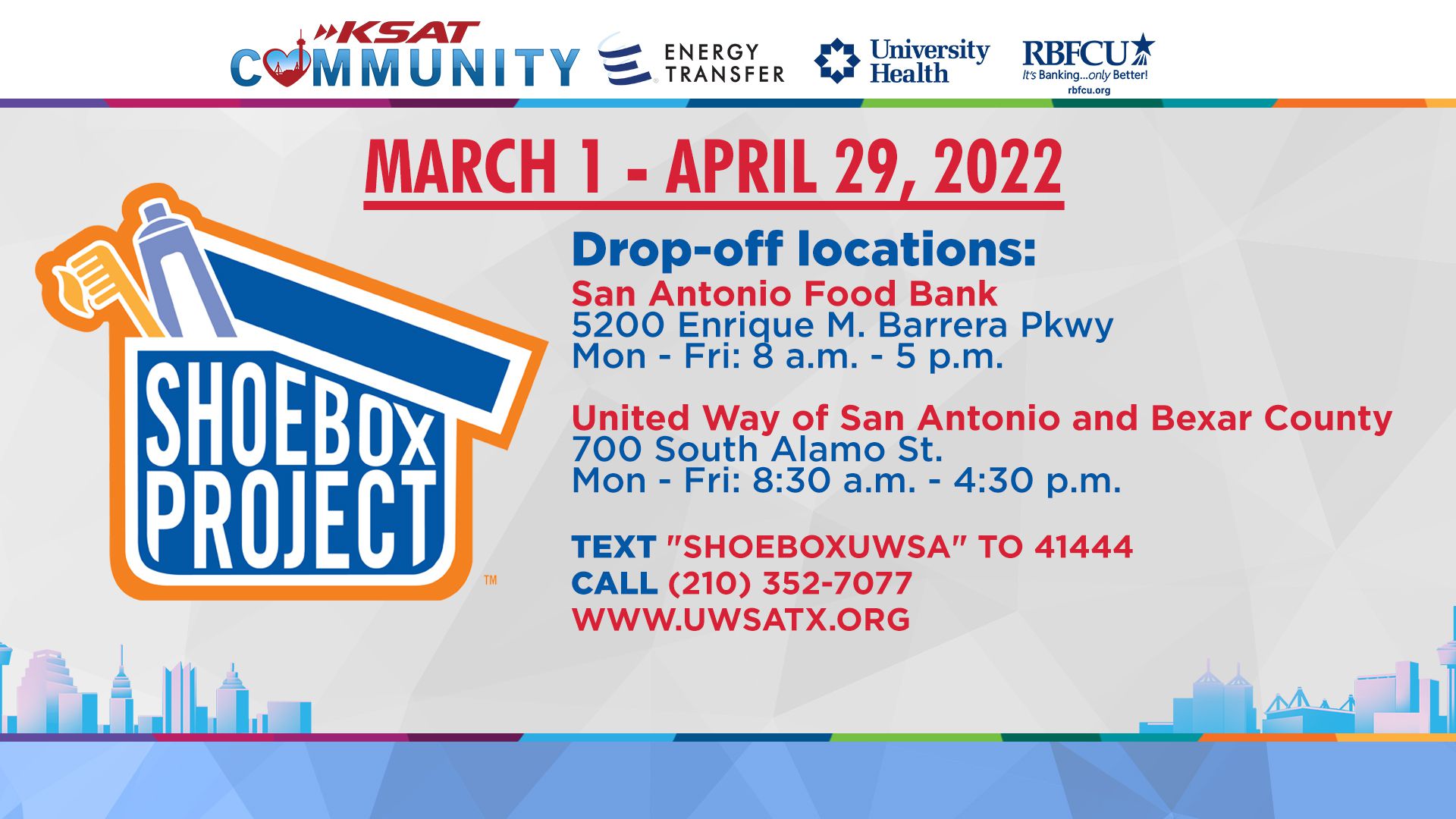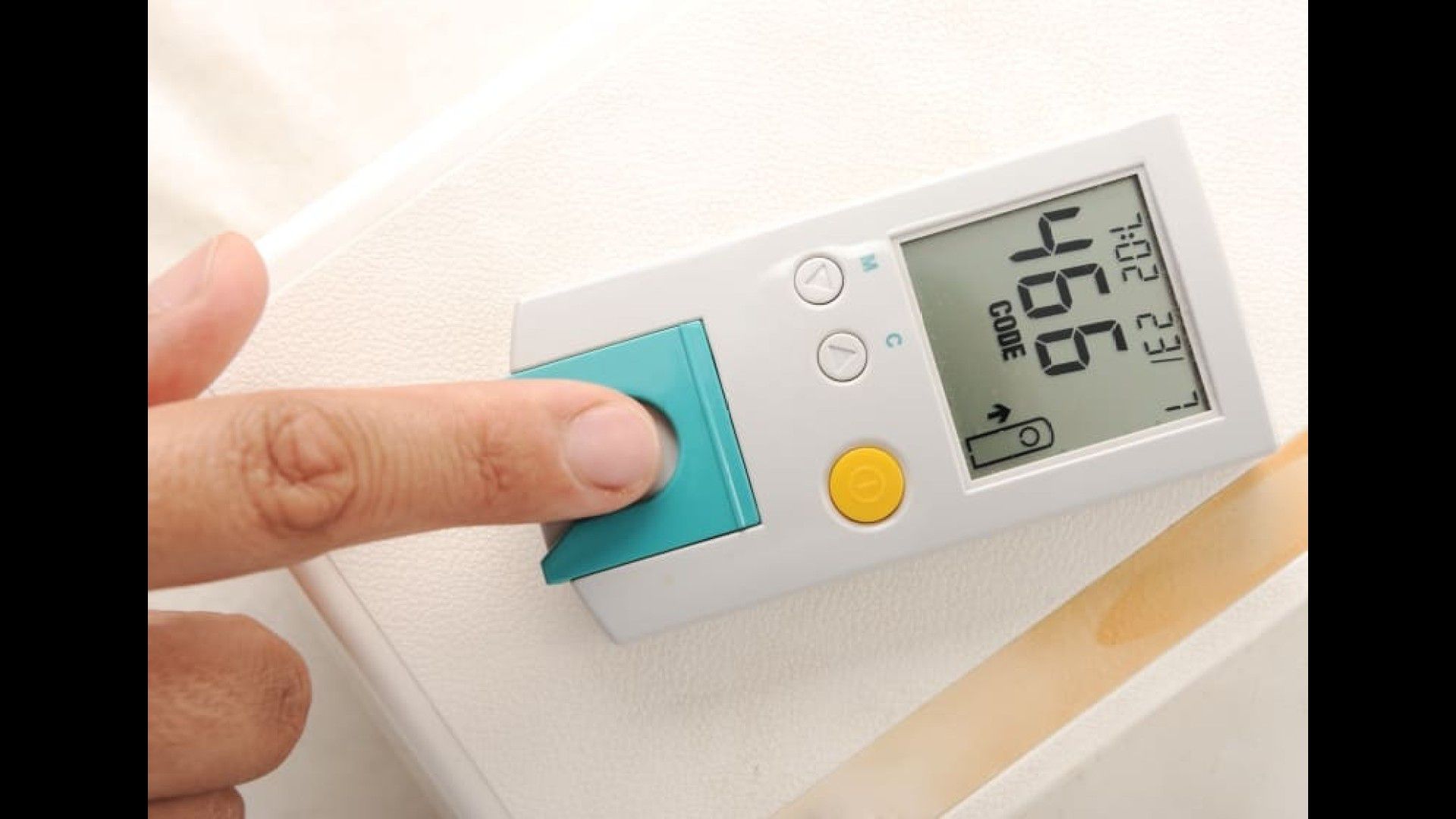Do you need a diabetes wake-up call?
Each year, Diabetes Alert Day is held on the fourth Tuesday in March with the goal of being that wake-up call for the American public.
People are encouraged to assess their risk for developing type 2 diabetes.
According to Metro Health data, one in seven people in the San Antonio community has diabetes. And it’s estimated that one in every four Americans has diabetes and doesn’t know it yet.
You can observe Diabetes Alert Day by:
Taking the ADA Diabetes Risk TestDonating to the causeSpreading awareness with social media using #AmericanDiabetesAssociationAlertDay
San Antonio is home to the country’s largest and most comprehensive center dedicated to the prevention and treatment of diabetes — University Health’s Texas Diabetes Institute.
University Health recommends that people talk to their doctor about an A1C blood test, which shows a person’s average blood sugar (glucose) levels over the last 3 months.
More about diabetes from University Health and the National Institute of Diabetes and Digestive and Kidney Diseases (NIDDK):
Type 1 diabetes:
Type 1 diabetes is an autoimmune disease that prevents your pancreas from making the insulin your body needs. Your body needs insulin to transforms glucose into energy. When you do not have insulin, you have too much sugar in your blood and you feel sick. About 10% of people with diabetes have type 1.
If a family member has type 1 diabetes, you are more likely to develop it.
Can occur at any age, but most often before the age of 30Requires insulin therapy and other treatments so you can liveMay progress to ketoacidosis (a medical emergency) and coma if untreated
Type 2 diabetes:
Type 2 diabetes is the most common type of diabetes. If you have type 2 diabetes, your body cannot make enough insulin or properly use the insulin your pancreas creates.
Over time, having too much glucose in your blood can cause health problems, such as heart disease, nerve damage, eye problems, and kidney disease. You can take steps to prevent diabetes or manage it.
It happens gradually over time.Obesity is a key risk factor – 80% to 90% of people who get type 2 diabetes are overweight.You may not experience any symptoms.
Gestational diabetes:
Gestational diabetes (diabetes during pregnancy) affects 11% of all pregnancies in San Antonio.
Detection of gestational diabetes happens with a glucose screening test between 24-28 weeks of pregnancy. If you develop gestational diabetes, it means your body is not using insulin the way it should.
Your doctor will help you control your blood sugar to reduce health problems for you and your unborn baby. In most cases, gestational diabetes goes away once your baby is born. About 50 percent of women with gestational diabetes go on to develop type 2 diabetes.
Prediabetes:
Prediabetes is when your blood glucose, also called blood sugar, levels are higher than normal, but not high enough to be called diabetes. Other names for prediabetes include impaired fasting glucose or impaired glucose tolerance. Some people call prediabetes “borderline diabetes.”
About 1 in 3 Americans has prediabetes, according to recent diabetes statistics from the Centers for Disease Control and Prevention.
Texas Diabetes Institute clinical trial study:
University Health’s Texas Diabetes Institute is recruiting people with prediabetes to participate in a two-year clinical trial study. To be eligible, a person must meet the following criteria:
Ages 18-65Normal healthy subjects without family history of diabetes in a first degree relativeBMI=24-40 kg/m2Stable body weightAble to take oral medications
If you would like more information on this research study or have questions about TDI diabetes research, please call 210-358-7200.
Lower your risk of developing type 2 diabetes:
The NIDDK recommends the following measures to lower your risk of developing diabetes:
Lose weight and keep it off. You may be able to prevent or delay diabetes by losing 5 to 7 percent of your starting weight.1 For instance, if you weigh 200 pounds, your goal would be to lose about 10 to 14 pounds.Move more. Get at least 30 minutes of physical activity 5 days a week. If you have not been active, talk with your health care professional about which activities are best. Start slowly to build up to your goal.Eat healthy foods most of the time. Eat smaller portions to reduce the amount of calories you eat each day and help you lose weight. Choosing foods with less fat is another way to reduce calories. Drink water instead of sweetened beverages.
KSAT Community operates in partnership with University Health, Energy Transfer and Randolph-Brooks Federal Credit Union. Click here to read about other KSAT Community efforts.













